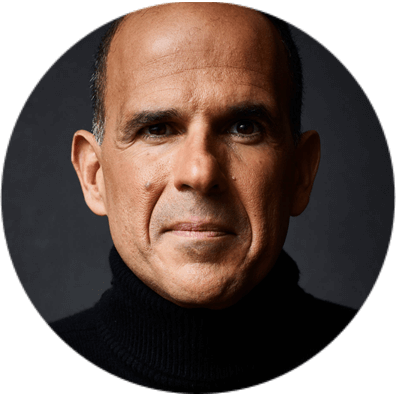Your resume is the first step in selling yourself to a potential employer, and your goal is to show them why hiring you will benefit the organization. Your resume should share your most relevant achievements, experience, skills, and background in an easy-to-read, brief, and straightforward way.
Your Resume Must Work for Humans and Computers
As you follow these resume writing tips, it’s helpful to understand the journey your resume will take with most potential employers. Whether you apply for a job via an online board, hand your resume to someone at a career fair, or share your resume with a contact who works at an organization, your resume will probably go into a gigantic online filing system.

You might add it into the system yourself by uploading it, or someone else might add it to the system by scanning a paper resume. These applicant tracking systems, as they’re called, store thousands (in some cases, millions) of resumes. The company will input a description of an ideal candidate – which might include previous experience in the industry, specific skills, or education – and the system will offer up a group of resumes that it thinks are the closest match to that ideal.
This is usually the first set of resumes a recruiter or hiring manager will look at. Any appealing resumes might be passed up the hierarchy for additional opinions. They might be shared with a group, such as business partners or the members of a department. If your resume is notable enough, you’ll get a call from a recruiter or a hiring manager. Interviewers will typically have your resume in front of them and might be making notes on it as you talk. If you’re called for an in-person interview, you may hand out your resume to additional managers, potential future peers, and others.
As you can tell, your resume must impress two very different markets: digital tracking systems and humans. These resume writing tips will help you get through to both.

1. Use Keywords That Mirror the Job Postings That Interest You
Gather job postings that interest you and note the language they use to describe the position, as well as the experience and skills the company is looking for. Use these keywords in your resume when it makes sense, such as in the headline, when describing your skills and when describing accomplishments at a past job.
Here’s an example: If a company says they’re looking for a “training specialist,” then the headline on your resume should say “Training Specialist,” not “Business Trainer.” (What’s a resume headline? See resume writing tip #8.)
Why Use Keywords From Job Postings On Your Resume?
- Digital tracking systems will prioritize resumes that match keywords in the job posting. These will be the first resumes that a recruiter or hiring manager reads.
- Recruiters or hiring managers are human – they will skim resumes and their brains will pick out keywords that match what they’re looking for.
- If you aren’t matching your language to current industry language, you’ll seem out-of-touch.
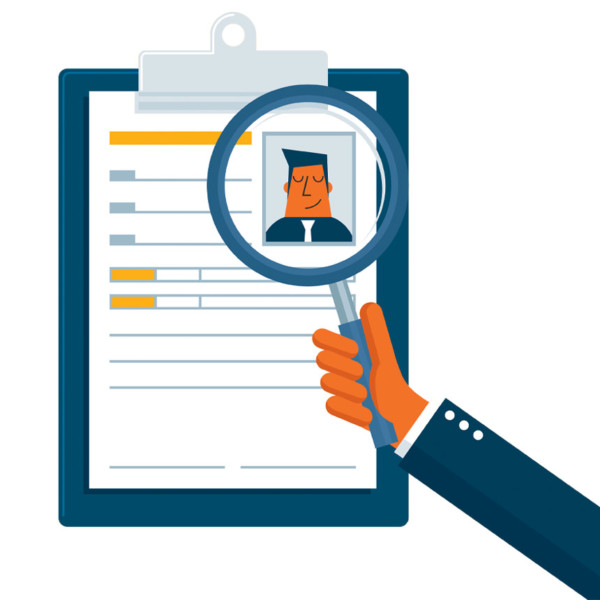
2. Review Resume Examples From Your Industry
Many job search sites have collections of sample resumes from a variety of industries. Browse through samples for your industry, preferably those of people with similar levels of experience. Note the language, style, and sections in resumes from your industry. Don’t copy the resumes or try to make yours conform. But do use other resumes for both inspiration and information. Everyone needs a place to start from, and sample resumes can be just what you need.
3. Use a Professional Font and Simple Styling
Your resume should be as easy-to-read as possible, for both a potential employer and a computer. Use a basic, single-column style with no tables. Your margins should be around one inch, although they can be as large as 1.8 inches if you have a one-page resume and feel it looks bare.

Use sharp bullet points, simple rule lines and bold text to help highlight certain areas. Unless you are an illustrator or graphic designer sharing samples of your work, avoid graphics, emojis, wingdings, or other flourishes. And, in the United States, never include your photo.
Similarly, choose a clean, basic, common, easy-to-read font. Arial, Times New Roman, Calibri, Helvetica or Garamond are all good options. Keep the font for the main text between 10 points and 12 points; headings can be a bit larger.
4. Include Only the Most Relevant Information, and Make Sure It’s Clearly Visible
The average hiring manager or recruiter spends just a few seconds (research puts the average between six seconds and 15 seconds) reviewing a resume before determining whether they want to keep reading. Don’t distract them by including information that’s not relevant to the position you’re seeking. As Marcus would tell you, “People respect you more if they get the truth as opposed to a bunch of fluff.”

The job posting – and those keywords you identified – will tell you what the employer is most interested in. Let it be your guide. Try to address everything in the job posting in your resume.
In addition to choosing what to include, you need to prioritize that information. Try to have the information that is most relevant to the job at the top of your resume. You may be able to do this simply by starting with achievements at your current job. Or, you may want to craft a one-sentence or two-sentence summary at the top of your resume, under the headline. If you’re a recent graduate and your schoolwork is the most relevant information for the job posting, then start with the Education section.
5. Keep Your Resume to Two Pages or Fewer
For most people who are early in their careers, your resume should be only one page. Once you have at least three or four years of professional work experience, or enough achievements in a particular position, you can consider expanding beyond one page. Unless you are a c-level executive, an IT person with a very deep list of specific technical skills, or an academic, your resume should not exceed two pages. Make strategic decisions about what to include and what to leave out. And, no, don’t make the font smaller than 10 points to make everything fit.
6. Use Active Language
Active language includes vibrant verbs and concise wording. Resumes rarely use what we consider full sentences. Instead, boil your sentences down to the most important words. For example, you might write “Effectively managed 17-employee night shift at bar and grill.” You’ve conveyed a lot of information in just a few words.
Active language not only conveys information quickly – it also allows you to include more information in less space, helping you follow the previous resume writing tip and keeping your resume to two pages or less.

7. Call Attention to Important Achievements
If your resume reads like a list of previous positions you’ve held, you’re missing the mark. Instead, under each previous position, share your most important achievements. Include the achievements that were important to your employer, because you’re showing a potential employer how you can contribute to the organization. But also include achievements that you are personally proud of.
Whenever possible, include numbers or metrics along with your achievements. For example, you might write: “Led a 10-person team responsible for servicing 25 wholesalers and 1,200 retail shops around the Southeast.” It’s even better if you can include metrics that show you made a difference to the organization: “Implemented new training and scheduling strategy and reduced employee absenteeism by 45%.”
What If I Don’t Have a Lot of Job-Related Achievements to Share?
In this case, add a separate section to your resume titled “Achievements” and use it to share relevant accomplishments from your education, volunteer work, and any jobs you have held. If it’s relevant, you can even include personal accomplishments. But be careful here – unless you’re applying for work in a zoo, a pet store or a veterinary clinic, your resume probably shouldn’t mention the thriving, happy turtle you raised.
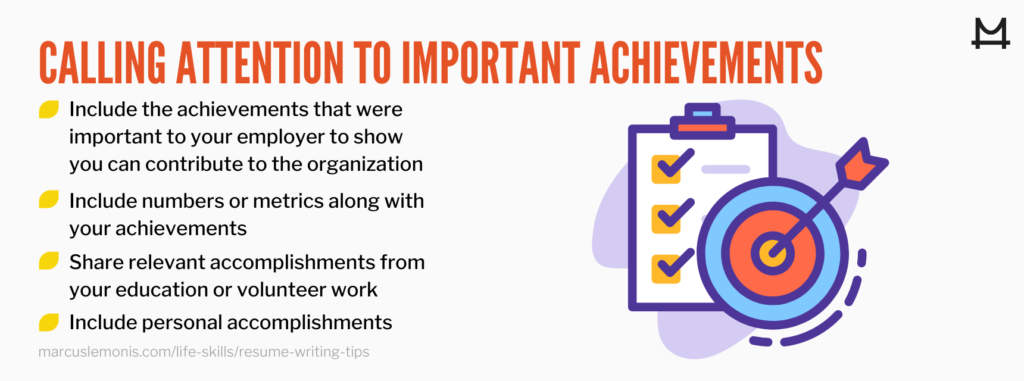

The Achievements section should come before your Experience section, because the achievements are more relevant to a potential future employer. Your Experience section might be just a list of organizations and positions.
8. Speaking of Organizing Your Resume, Include Only the Sections and Subheadings That Make Sense For You
In the previous resume writing tip, we covered adding an optional Achievements section. In a resume, some sections are optional, and others are must-haves:
- Contact Information: Include your full name, phone number, email address and, if you have one, LinkedIn profile. Try to use a professional-sounding email (for example, not [email protected], unless you’re applying for a job that involves caring for muskrats.) Double-check you’ve included all your contact information! You’d be surprised how many resumes recruiters receive that don’t include this.
- Headline: Your headline should match, or closely match, the position you’re applying for. If you’re not applying for a position, use a more general headline that makes clear what you’re looking to do.

- Summary: This is your chance, in one or two sentences, to summarize for the recruiter or manager why you would be an excellent choice for their position.
- Objective: If you have a summary, you don’t need this. If you don’t feel like you have enough experience or accomplishments to write a summary, use an objective instead.
- Skills & Competencies: If you have skills, special training, or experience in software/applications/hardware that are relevant for this position, list them here.
- Experience: If this will be your first professional job, or if you have a mix of professional, educational, and other experience, title this section “Experience.” If you have extensive professional experience, then title it “Professional Experience.” Add your volunteer or other relevant experience in a separate “Other Experience” section.
- Achievements: As discussed in the previous resume writing tip, you may choose to group achievements under a separate section, instead of under previous positions in the Experience section. This is optional.
- Education: Generally, this section should include only post-secondary (after high school) education and certifications. However, if you attended a technical or specialized high school or high school program that relates to the position you’re applying for, include that. If your highest educational attainment is a high school diploma (including a GED), include it. If you’re working toward a degree or certification, note this, and include when you expect to finish or graduate. This section should include more detail if you’re early in your career and less detail as you gain more professional experience. And never exaggerate here. If you are three credits away from a degree, don’t say you earned it. If you attended Carnegie Mellon University for two semesters but transferred and earned your degree somewhere else, don’t say you have a degree from Carnegie Mellon. A potential employer can and will check this, and you will be out of the running for any job with that company.

- Specialized Training/Certifications: If you have several relevant trainings or certifications, you might break them out into a separate section to better highlight them.
- Hobbies & Special Interests: Don’t include this section unless you have hobbies or special interests that are highly relevant to the job, skills, or industry. Otherwise, you’re distracting the recruiter or manager.
- There are a few other sections that only a small group of people should include on their resume: Patents, awards, publications, or speaking engagements. Carefully consider whether these belong under Experience or Achievements before giving them their own section.
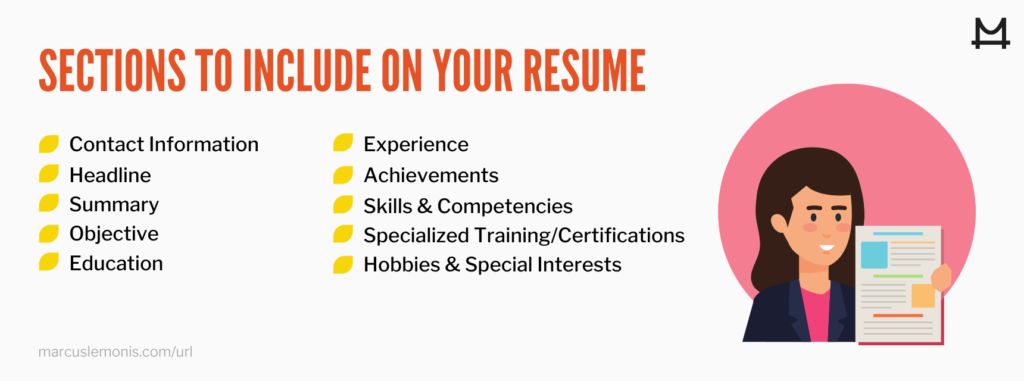

9. Proofread and Edit
Typos, spelling errors, misused words, grammatical errors and incorrect dates will cause the person reading your resume to have a lower opinion of you. Give yourself a break after writing and come back to proofread. If you can, ask a trusted friend to proofread for you as well. Always use spell check, and even grammar check if it’s available on your computer, but be careful. Sometimes these computerized proofreaders don’t understand the context of your words and may make incorrect suggestions or try to change the spelling of a proper name.
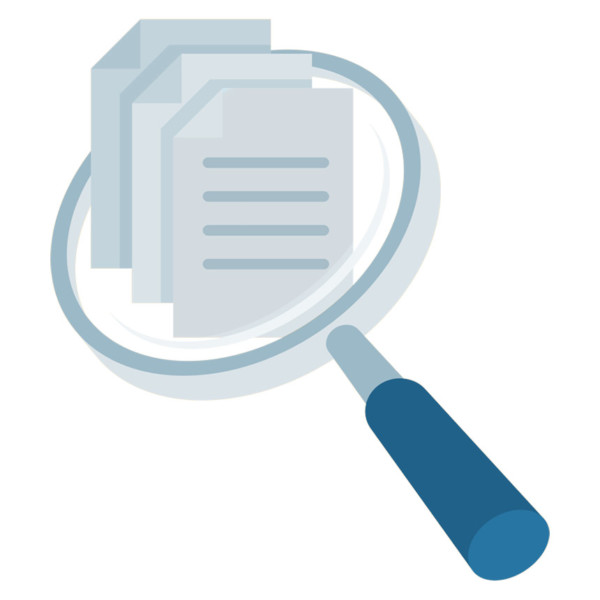
10. Decide Whether You Need Different Resumes for Different Positions
At a minimum, when you apply for a position, review your resume and tweak the headline and other text to match the job posting’s keywords. More deeply, you may want to emphasize different achievements, skills, or experience as you apply for different positions. Remember: Your goal is to make it as easy as possible for the recruiter or manager to see that you’d be a great fit for their job.
Your resume is your first opportunity to stand out from the pack with potential employers. It should clearly communicate what you can bring to the job and why they should hire you. Use these resume writing tips, focus on your achievements and put in the effort to make a good first impression.
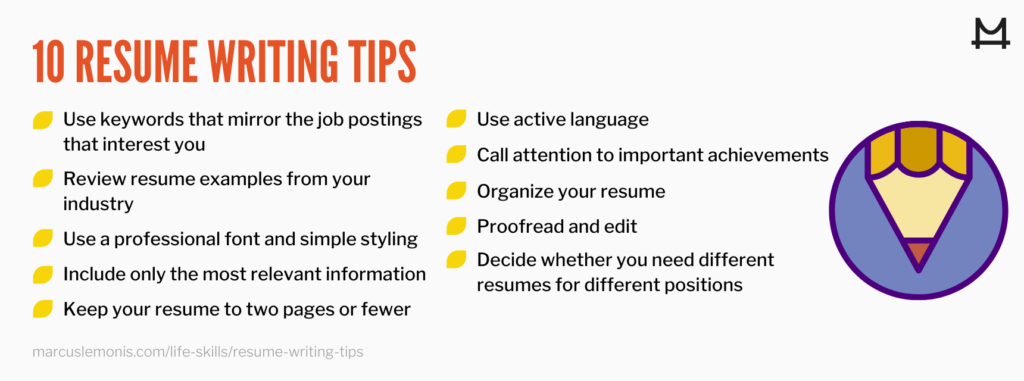
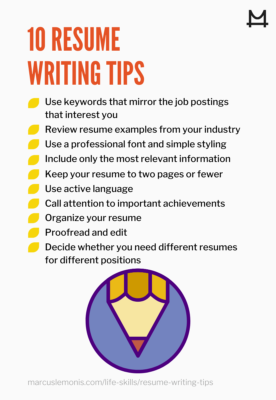
- Do you have unique resumes for each position you apply for?
- What do you do to make your resume stand out?
Indeed.com. (n.d.). Resume samples and templates to inspire your next application. Retrieved from https://www.indeed.com/career-advice/resume-samples
Indeed.com. (2020, November 1). Best font for a resume: how to choose type and size. Retrieved from https://www.indeed.com/career-advice/resumes-cover-letters/best-fonts-for-resume
Indeed.com. (2020, October 29). 195 action verbs to make your resume stand out. Retrieved from https://www.indeed.com/career-advice/resumes-cover-letters/action-verbs-to-make-your-resume-stand-out
Indeed.com. (2020, September 17). Words to avoid and include on a resume. Retrieved from https://www.indeed.com/career-advice/resumes-cover-letters/words-to-avoid-and-include-on-a-resume
